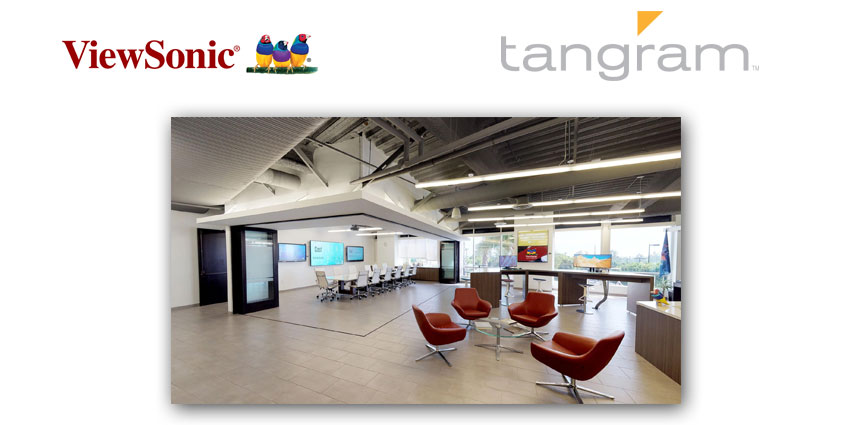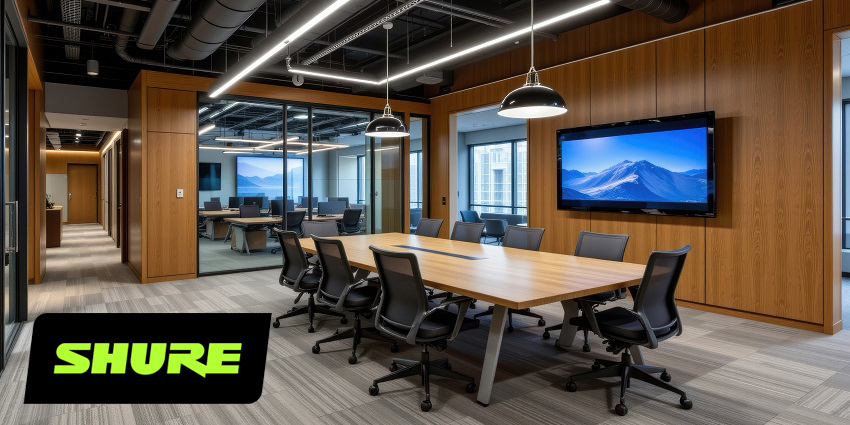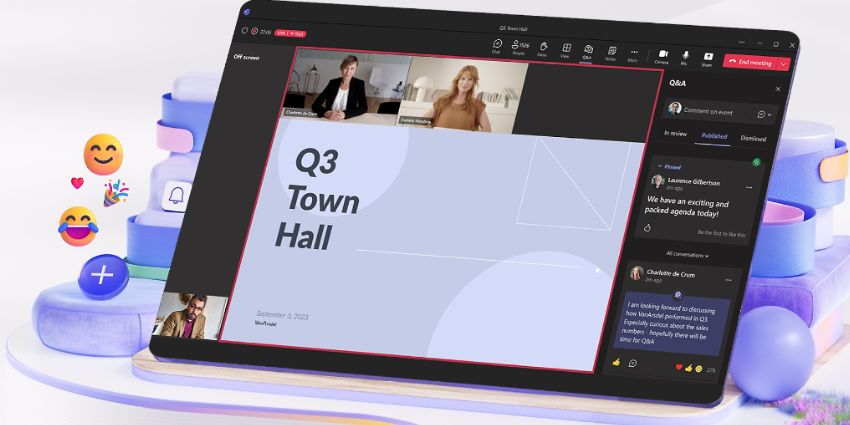If there is one positive to come from the COVID-19 pandemic and the resulting global work-from-home experiment, it is the acceleration of digital transformation and the acceptance that remote work is productive. For more than a decade, the rise of the knowledge economy, cloud computing and digitisation have set the stage for the viability of remote work. The past year has helped organisations realise digital transformation’s promise of agility and proven to employers across industries and sectors that a collaborative, hybrid workforce can truly deliver on organisational objectives.
According to the latest research from Gartner, by the end of 2023 40% of organisations will move to “anywhere operations”, blending virtual and physical experiences, for increased productivity and customer reach.

This is good news as some people cautiously return to offices and business leaders plan the future of their workspaces to accommodate the new mix of onsite, mobile and remote workers. It’s also a fundamental shift that requires a reimagining of the work environment, an environment that is poised to morph into the permanent reality when physical distancing is no longer needed.
Seamless connectivity, interactive experiences, and virtual meetings that feel like you’re in the room are critical for productivity and building the new hybrid work culture. It’s a big challenge and an even bigger opportunity to rethink how we use office space to be truly collaborative and more productive. Unified communications strategies that are integrated with reimagined and forward-looking office design strategies are the keys to success.
For example, the conference room with its rectangular table and inherent hierarchy hasn’t changed in decades, but it was never really conducive to true collaboration. The pandemic has forced us to think about why we gather in a physical space together. What do we want to achieve, and what value can we add by being in a room together?
This new approach will lead to a departure from open floor plans and repurposing one room for all types of meetings. The one-room-fits all scenario has always been disruptive and inefficient, as it requires setting up different technologies, and connecting different devices across different platforms, depending on the use case. Setting up video conferencing alone can take up to 10 minutes of time each meeting, wasting time and diminishing productivity.

By focusing on the desired outcome, organisations can design and prepare new collaborative meeting spaces with AV and IT technologies that together support hybrid workflows and drive productivity. In today’s knowledge economy, that means having the right collaboration tools that allow for seamless, secure, and personal interaction between a distributed workforce. The remote participant is no longer the exception. They have to feel as though they are in the room, with equal presence and voice. The goal is to get to the stage where people can’t tell the difference between virtual and in-person; where it becomes irrelevant where a participant is joining from, rather that they can fully engage and contribute from anywhere.
The more we can support interpersonal connections, the more we can establish trust as a team, and the better we’ll be able to collaborate remotely. This is where the convergence of AV and IT has always been headed: to the creation of a completely interconnected and unified communications ecosystem.
Large-format, interactive collaboration displays and advanced whiteboarding software are critical for providing platform-agnostic support for true collaboration as businesses continue the journey to hybrid. Integrating these interactive technology solutions and office design is also key to achieving collaboration, by democratising support for all participants equally and independent of location. For example, in an office-based brainstorming meeting, these wireless, platform-agnostic technologies can facilitate real-time and interactive sidebars, deliver natural onscreen writing and drawing, and provide built-in processing for annotation and multimedia, allowing remote participants to effectively engage and do virtually all the things they would do if they were in the room physically.
Going forward, integrated IT and AV equipment such as interactive displays, cameras and mics running over IP-based networks will be able to automatically turn themselves on or off based on who is speaking. This, coupled with immersive technologies such as Augmented Reality, will allow remote participants to move through the room so that in addition to seeing who is speaking, they will also be able to see the reactions of other key participants in real-time and read the room.
The shift to hybrid work is not just impacting large conference rooms. Individual workstations, or “hoteling stations”, and huddle spaces are also evolving. In the case of huddle spaces, these compact private spaces or breakout rooms were originally designed for three to six people and featured a table, Polycom phone and maybe a screen. Soon they will have interactive displays, cameras and microphones. They will be rooms that provide an integrated experience for audio and video conferencing and wireless connectivity, where employees can brainstorm and conduct virtual meetings.
Visual engagement technologies such as digital signage, video walls and projection mapping will become even more integral to help employees collaborate and connect to the brand and culture.
3 Steps to Transforming the Hybrid Workspace
- Set objectives – Determine the desired outcome of the physical office space. How many people need to be supported onsite and what business results need to be accomplished in the space?
- Conduct a gap analysis – Consider your new hybrid workforce and identify how current office design and AV/IT infrastructure may be a barrier to their productivity, team collaboration and hybrid workflows. How is your workforce going to be distributed?
- Integrate technology and office design – Create a plan that ensures all workers (those attending in person, and those attending virtually) can seamlessly connect, engage and collaborate using any platform. Prioritise the need for remote participants to have an equal footing with those onsite, by ensuring democratised and seamless IT connectivity and AV clarity for all
It’s an exciting time for those organisations willing to evolve their workspace for a hybrid workforce that will be freely moving between the office, mobile and home. The technologies available today allow for a seamless, interactive and truly collaborative experience. Are you ready to seize this opportunity?
Guest Blog by Jeff Volpe, President ViewSonic Americas and Mark Coxon, Technology Leader, Tangram
Jeff Volpe is President, Americas for ViewSonic, a leading global provider of interactive and collaborative visual engagement solutions for enterprise, education, consumer and commercial markets.
Mark Coxon is Technology Leader at Tangram Interiors where he helps people connect the dots between the devices in their pockets and the spaces that they live and work.







